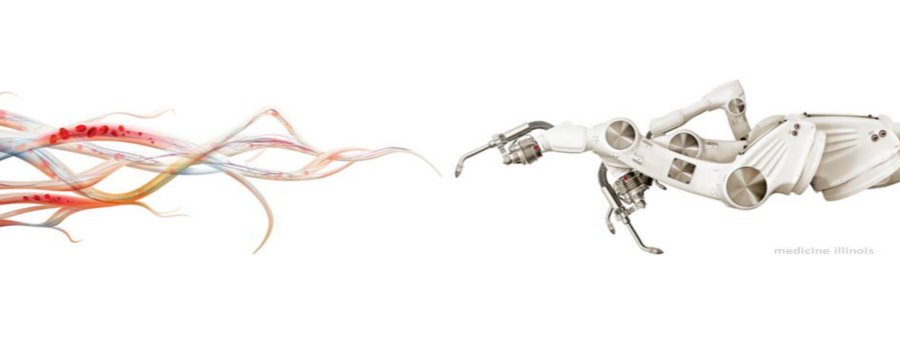The tools that engineering provides to the medicine are a fundamental pillar. The mathematical and computational modeling is essential to the generation of new therapeutic strategies for the treatment of diseases. Behind many of the medicine advances there is an enormous scientific and technological development, whose main responsible is the engineering.

For engineering, the health has been always one of its main objectives in terms of applied research. From the design and use of technologies to control variables that affect human health, to the design and use of control technologies to support health sciences. A clear example of this is the progress in diagnostic equipment, prosthetics, therapy devices, etc.
In CARTIF, we have researched for nearly 10 years in a line which joins both disciplines. This line has focused on the improvement of the criteria used by physicians in order to predicting of Abdominal Aortic Aneurysms rupture, with the aim of identifying the right time to perform surgery from the point of view of the engineering, specifically, with the strength of materials.
Abdominal aortic aneurysm is an irreversible dilation of the aortic wall segment that elapses between the bifurcation of the renal arteries and branches of the iliac arteries, affecting sometimes these ones. 70% are asymptomatic and they are detected in advanced stages, so it is very important their assessment of rupture risk.
The rupture of abdominal aortic aneurysms (AAAs) is one of the leading causes of death in the world:
• 8% of people with more than 65 years, and 10% of people with more than 80 years have an AAA.
• It is the tenth cause of death in people with more than 65 years in occidental countries.
• Factors such as smoking, atherosclerosis, obesity or hypertension increases the risk of developing an AAA.
• The rupture of the artery leads to death before arriving to the hospital, in 90% of cases.
• The mortality rate associated with surgery is 5,8% for open surgical repair and 1,7% for endovascular repair.
Currently, when the aneurysm has a diameter of 5 cm or its growth rates exceeds 0.5 cm/year is needed intervene surgically. 24% of aneurysms rupture has a smaller diameter than considered critical one. Therefore, the current clinical criteria used to assess the rupture risk are not considered as the most reliable predictors.

CARTIF team has used the main geometric parameters of AAAs: maximum diameter, healthy artery diameter, length, wall thickness and asymmetry (geometrically). These parameters can be measured easily by the doctor through computerized axial tomography, diagnostic means used by doctors.
These parameters are combined in an efficient way to generate the tool to assess the rupture risk. This tool has been programmed using free software, which allows generating a database for each patient, and within it, files with data for each follow-up examination. It contains a graphical manager that can represent the evolution of rupture risk.
The tool provides a number of suggestions to the surgeon, who takes the right decision about if it is convenient going on with surgery or continue monitoring the evolution of the aneurysm.
To verify that the tool was effective, validation tests were performed on patients for several years. The results showed that the method is able to estimate reliably the risk of aneurysm rupture, allowing identify those potentially dangerous to break, even when its maximum diameter is less that used by the medical community today, and allowing identify cases where the break is not going to occur, preventing the patient has to undergo the surgical repair procedure.
This work demonstrates that collaboration between medicine (led by HCUV) and engineering (led by CARTIF) is incredibly productive. The results allow a breakthrough with an eminently practical application and highlight the importance that research and R&D have in society.
- Medicine and Engineering: sentenced to be understood - 5 September 2016
